There were just a few unattached scrapbook pages in the group, that black paper that crumbles as it ages, scattering pieces all around when barely touched. On the pages were glued mostly sepia-toned 4×6 photos showing a house under construction. A few of the photos were in color, but not the usual color photos. They appeared to be hand-colored. Notes scrawled in red pencil accompanied the photos, in that “fat-lead” look that makes deciphering the words difficult.
The photos showed a house under construction, beginning with a view of the empty house lot to the finished brick house, standing tall on a hill with a porch on the front and steps scaling the hill from the sidewalk. There was no name on the scrapbook pages, just a calling card stuck into the pages from The Reverend Herman McGolrick Kennickell, Jr., of Asheville. Reverend Herman gave the scrapbook pages to a man from Winston-Salem about 20 years earlier, with the message “they have more relevance to Winston-Salem.” The pages emerged from their temporary resting place in November 2017, ready to tell their story.
Arthur Stucker Kennickell Jr. was born in Georgia in 1887. He served about five months during World War I, registering in both Forsyth County and in Georgia. On his enlistment papers in Forsyth County he described himself as short, with a medium build, black hair, and brown eyes. He was the chief clerk for the Winston-Salem Southbound Railway in Winston-Salem, and he roomed at the YMCA. He was discharged from military service, after not going abroad, in January 1919.
Marjorie Irene Roth was born in 1889 in Surry County. Her father and uncle were associated with the original Chatham Manufacturing Company. Marjorie attended Salem College and graduated in 1909. Marjorie and Arthur married in October 1919 in Surry County and boarded with a Winston-Salem family after their marriage.
Arthur opened an office in Winston-Salem in 1920 for the Atlanta and West Point railway line. About 1921, they purchased a lot across from the end of Glade Street. In the photo above, Glade Street is shown with a bridge as it dead ends at what would become North Hawthorne Road. If you study the photo, the road ends to the right, which is just about where West End Boulevard crosses N. Hawthorne Road. Also to the right is where Hanes Park would be built later.
Construction on their house began in the summer of 1922 and several photos follow its progress. Some photos show Marjorie studying the house plans and checking on the first floor framing work for the house. A large garage was built behind the house with a sliding door.
Finally the house was finished, but the photos don’t end there. Here’s a photo of the completed house, possibly with Arthur sitting in the car in the front of the house. Arthur was an amateur photographer and took several photos from his house.
Some of the images give a good look at Glade Street and the changes in the houses on the street over the years as others moved to the area and built houses.
The Kennickell’s had a prime location for a special event that occurred in October 1927. Charles Lindbergh flew into Winston-Salem’s Miller Field and the city gave him a grand welcome, complete with a parade. A large crowd waited for Lindbergh at Hanes Park and his car stopped beside Wiley School where he addressed the crowd for five minutes. In his speech Lindbergh urged the city to keep Winston-Salem in the foreground of American aeronautics.
Just by chance, the parade route passed right in front of the Kennickell’s house. There are a few images of the parade and the cars that lined up on the street for a look at the renowned aviator. Notice the building in the background of the wide-angle photo; that’s Wiley School.
A large banquet was held later that evening at the Robert E. Lee Hotel in Lindbergh’s honor. Banquet guests learned in a surprise announcement that R. E. Lasater had purchased the airport land from the county and transferred it to the airport commission. Lindbergh left town the next day, on to another city, but Winston-Salem had an airport.
Arthur was made general agent in 1930 with the railway company and held the position until he retired in 1957. Marjorie taught piano lessons in their home. The address for their home was first listed as 910 Glade Street, then it became 910 Hawthorne Road. There was not even a Hawthorne Road listed in the city directories until 1924. Eventually more houses populated Hawthorne Road and the road was lengthened. In the mid-1950’s the house number changed to 184 N. Hawthorne Road.
Marjorie passed away in 1954 and Arthur passed away in 1966. Arthur and Marjorie did not have children. He left the house to his sisters for a life estate, and then to his beloved nephew, Reverend Herman Kennickell, Jr. and his heirs. He also left camera equipment, slides, negatives, and photographs to Herman.
So Herman inherited the house and the photographs, which included scrapbooks. He must have removed pages that did not pertain specifically to family members, and attempted to find a home for them. And that is how they found their way to the photograph collection of the Forsyth County Public Library.
Photographs courtesy of the Forsyth County Public Library Photograph Collection.
Stay tuned for the next delicious post on January 22nd and the next historical post on February 1st.

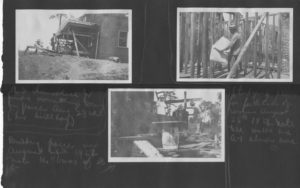
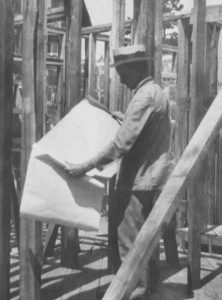
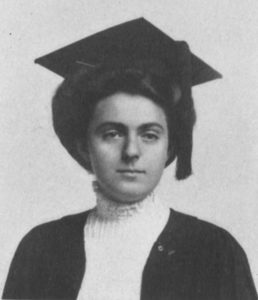
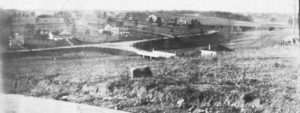
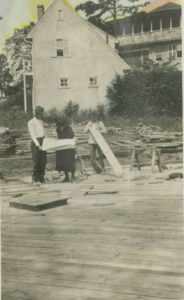
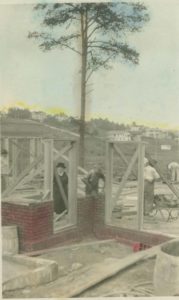
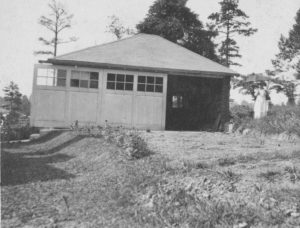
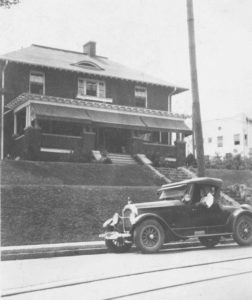
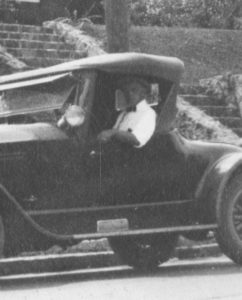
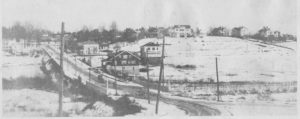
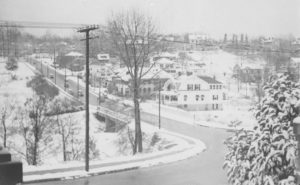
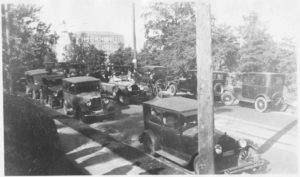
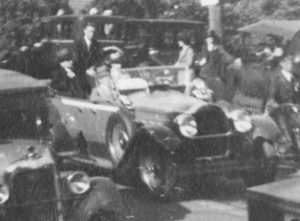

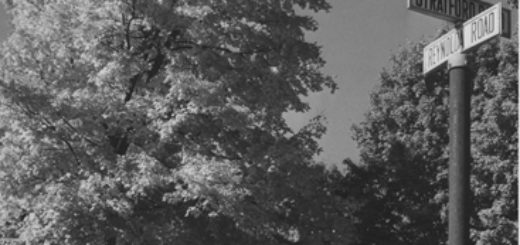
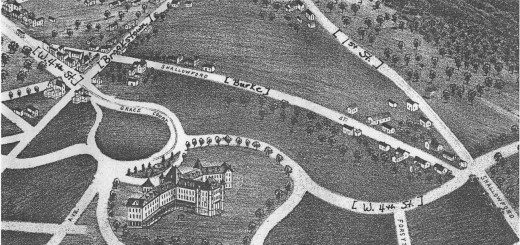

Wow, Molly! That was an interesting story. Hate seeing photos in antique and flea markets and wonder what happened to the owners of them.
Molly, I gave a box of pictures to (I think) the New Winston Museum. It is was from that attic of that same house on Hawthorne.
Caroline, Please consider making future historical photograph donations concerning Winston-Salem to the photograph collection at the Forsyth County Public Library. I am in charge of the photo collection and we have resources to organize, index, and identify them and make them available to the public for research.